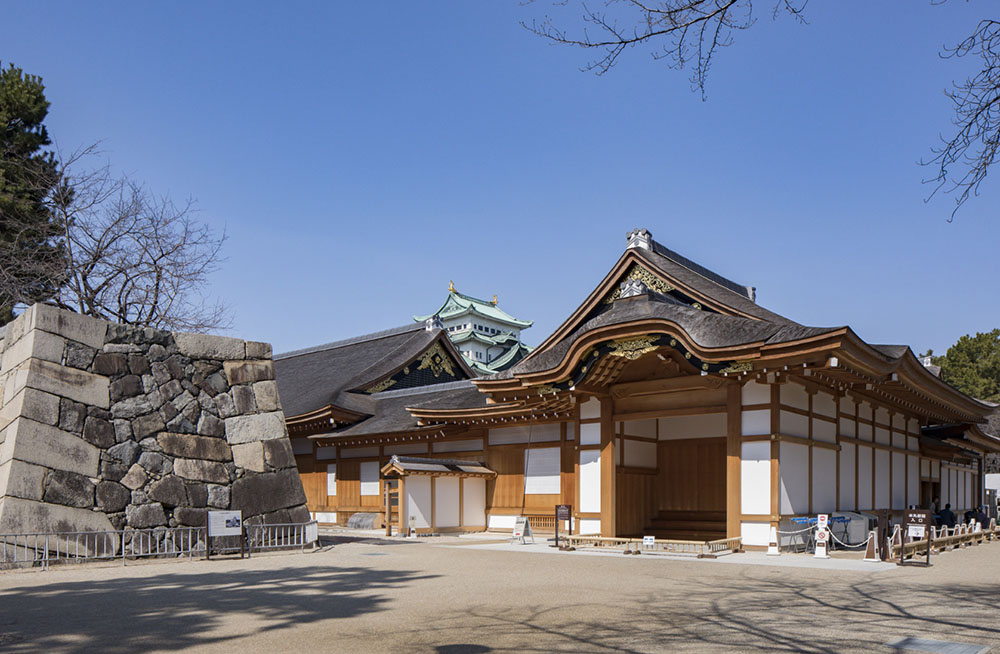Introduction
Nagoya Castle stands as the most brilliant historical pearl of Aichi Prefecture, built during the early Edo Period. As one of the most significant castles under the Tokugawa clan, it serves as a powerful witness to Japan’s feudal history and a symbol of Nagoya’s urban development, attracting global travelers to explore Japanese architectural and cultural heritage.
Key Information
- Established: Early Edo Period (1603-1868)
- Location: Nagoya City, Aichi Prefecture, Japan
- Significance: Political center of the Tokugawa family’s Owari branch
- Highlights: Traditional Japanese architecture, historical museum
- Cultural Value: Important Japanese historical landmark
Historical Background
Constructed by the Owari branch of the Tokugawa clan, Nagoya Castle was initially a political and military center. Most original structures were destroyed during the 1945 air raids, with the current main keep a 1959 ferro-concrete reconstruction. An ambitious restoration project is underway to rebuild the castle using traditional wooden construction techniques.
Main Attractions
Main Keep (Tenshu)
The castle’s iconic structure, currently closed due to earthquake safety concerns. Despite temporary closure, it remains the most attractive feature of Nagoya Castle, with plans for a traditional wooden reconstruction expected to complete by 2032.
Honmaru Goten (Main Palace)
Fully reconstructed in 2018, this is considered one of Japan’s finest examples of Shoin architecture. The interior preserves exquisite sliding door paintings, offering a detailed glimpse into Edo period court life.
Castle Park
Renowned for its double moat system and impressive walls. Particularly beautiful during cherry blossom season (late March to early April), it’s an exceptional spot for hanami (flower viewing).
Best Time to Visit
- Cherry Blossom Season (Late March-Early April): Most scenic
- Spring and Autumn: Optimal weather and visitor experience
- Avoid December 29 to January 1 (closure period)
Transportation Guide
- Subway Route:
- From Nagoya Station, take Sakuradori Subway Line to Hisayaodori Station (5 minutes)
- Transfer to Meijo Line to Nagoyajo Station (2 minutes)
- Total one-way journey: 10 minutes, fare 240 yen
- Tourist Bus:
- Meguru Tourist Loop Bus
- Approximately 25 minutes from Nagoya Station
- Single ride 210 yen, day pass 500 yen
Opening Hours and Fees
- Operating Hours: 9:00-16:30 (Building entry closes at 16:00)
- Closed: December 29 to January 1
- Ticket Price: 500 yen
Visitor Tips
- Wear comfortable walking shoes
- Bring a camera to capture memories
- Check reconstruction progress in advance
- Respect historical culture and follow visitor guidelines
Official Websites
Conclusion
Nagoya Castle is more than a historical site; it’s a living testament to Japanese culture and tradition. Whether you’re a history enthusiast, architecture lover, or cultural explorer, this destination promises a breathtaking journey through time.

Leave a Reply